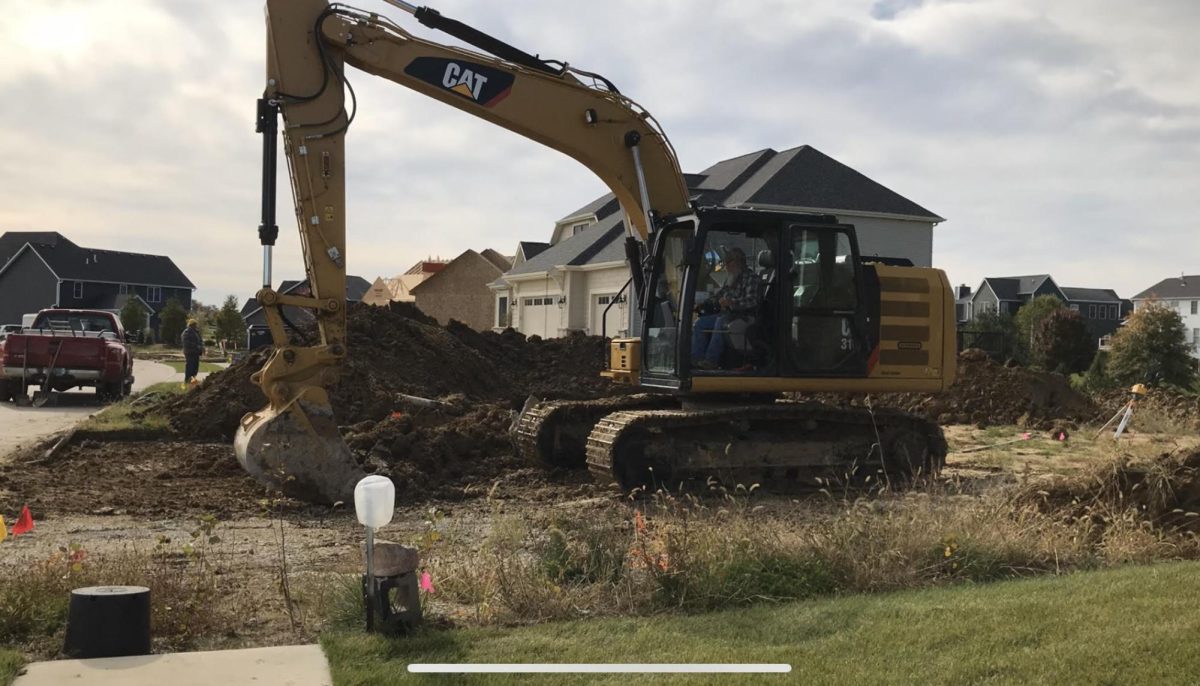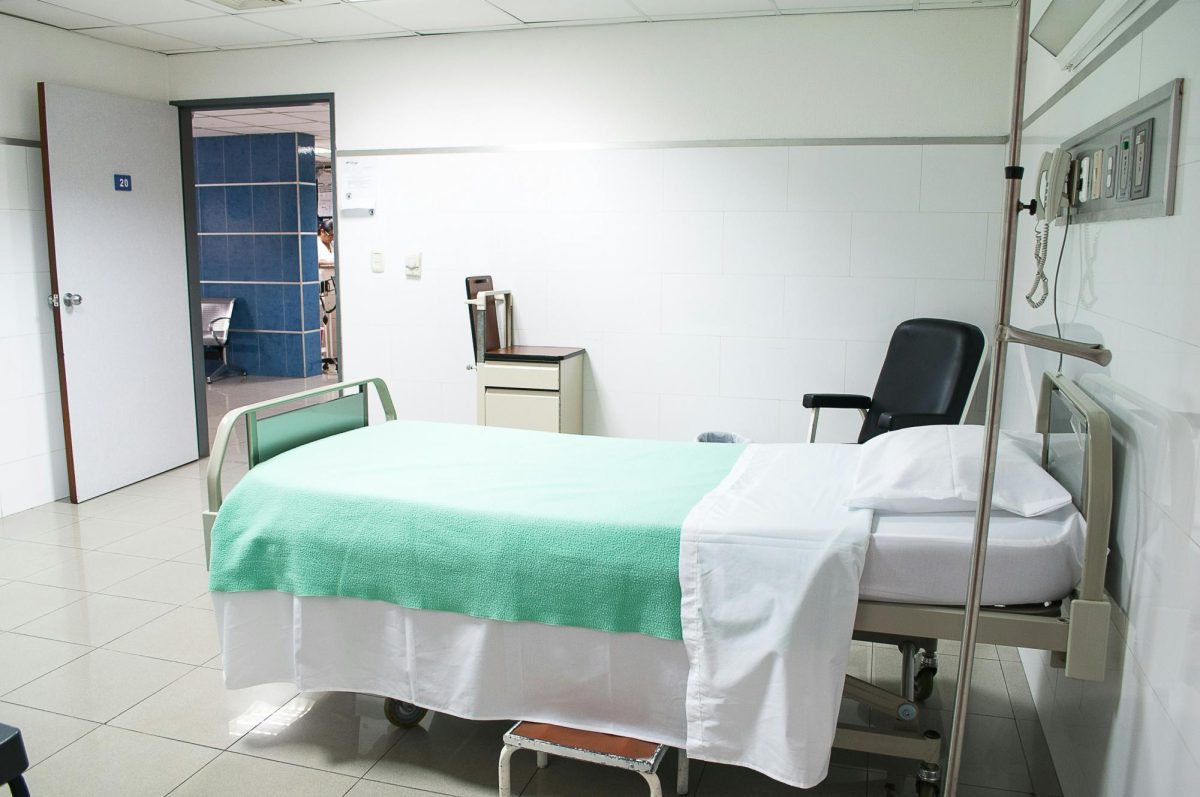Pleasant Valley High School’s school day is seven hours and twenty minutes long. Students sit in a desk for over six hours of that time. Because high schoolers have been deprived of recess, PV should dedicate five minutes in every class to moving around.
According to Harvard Medical School, not only does regular exercise promote bone and heart health, but it also increases connections between neurons in the brain. This means people who exercise more have stronger, more efficient brains that are able to think and remember things more easily. The Harvard studies also discovered that regular exercise “improves mood and sleep, and reduces stress and anxiety.”
The most exercise students get on a daily basis is walking in between periods to their lockers or other classrooms. Gym and lifting classes are offered two to three days a week, with intensity varying from class to class. Outside of this, the amount of exercise allotted in a school day is minimal.
Knowing that exercise is scientifically proven to help students’ mental health, focus, and self-esteem, students shouldn’t be spending the majority of their day in a desk while their brains’ potential dwindles.
Senior Susan Anil, who has participated in both gym and weightlifting classes, believes that moving around for at least five minutes during class would be beneficial for everyone involved. “It would give both students and teachers a break. Also, it would increase concentration when you go back to learning or test-taking,” she said.
Anil also mentioned incorporating exercise into the classroom would engage students’ minds along with their physical side. Creating interactive lessons would pay off in the long run because the students’ brains and bodies would be engaged. Activities like this would be highly beneficial in biology classes when learning about the human body, or even in history classes when recreating an important event.
Multi-sport athlete Beth Peterson would also be interested in dedicating five minutes to moving around in each class because she believes it would help students wake up and engage in the class. Peterson said when she exercises, she feels less stressed because all of her focus is on the workout she’s completing. For this reason, she thinks moving around during class would decrease stress levels for all students.
Like many students at PV, Peterson has a full class schedule and participates in extracurriculars. Thus, she often falls victim to sleep-deprivation during some of her classes that aren’t mentally stimulating or interesting. “[Exercise] would also benefit your mental state because sometimes you get sleepy in class and if you have the ability to move up and around it makes you check back in,” she said.
Moving around as often as possible during the school day is vital to keeping students healthy inside and out. High school students are put under immense pressure to perform well and often don’t exercise as much as they should. This five minute per class program should be designed to ensure students receive the benefits that accompany exercising regularly. Who knew “recess” could be so educational?










